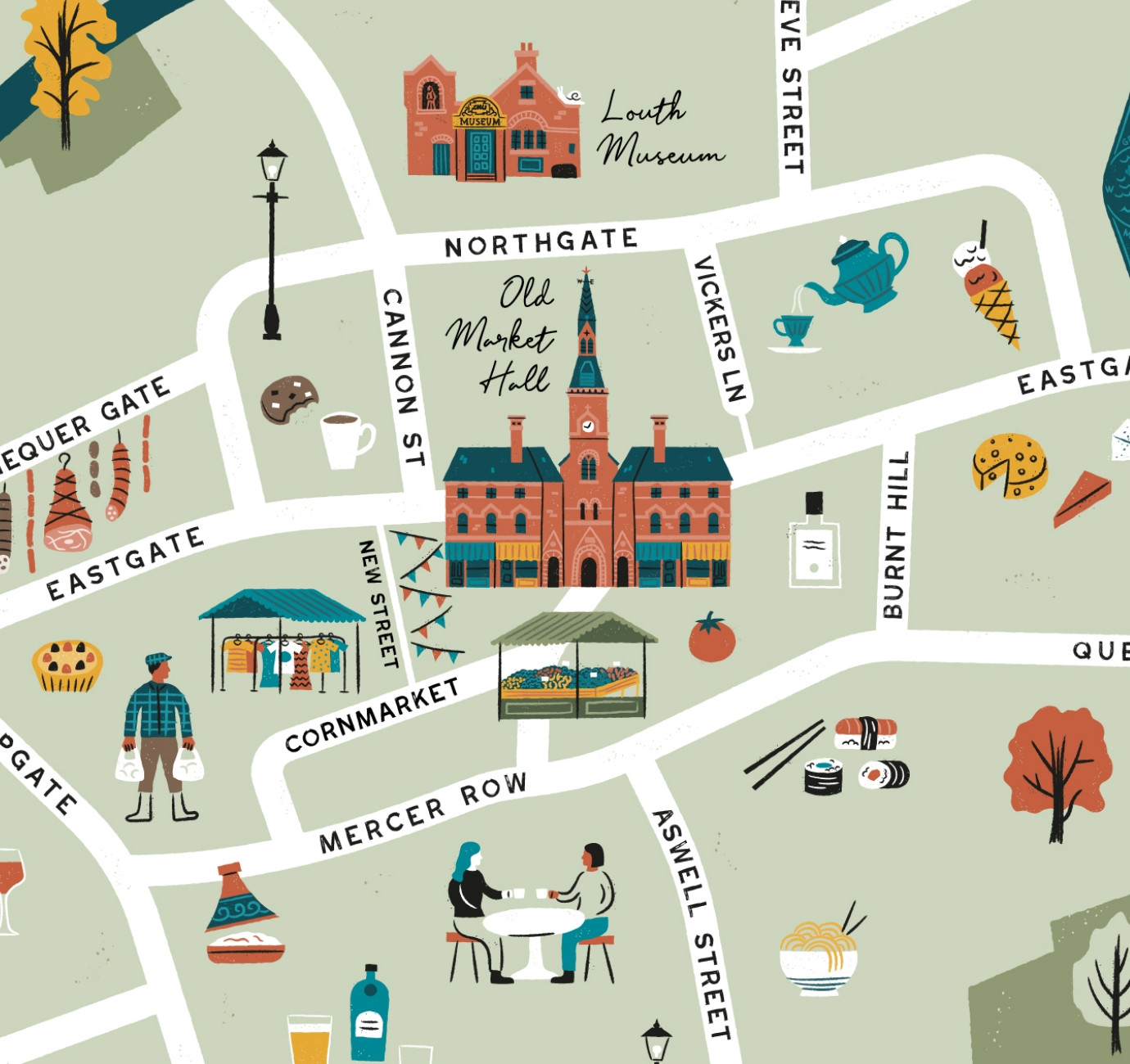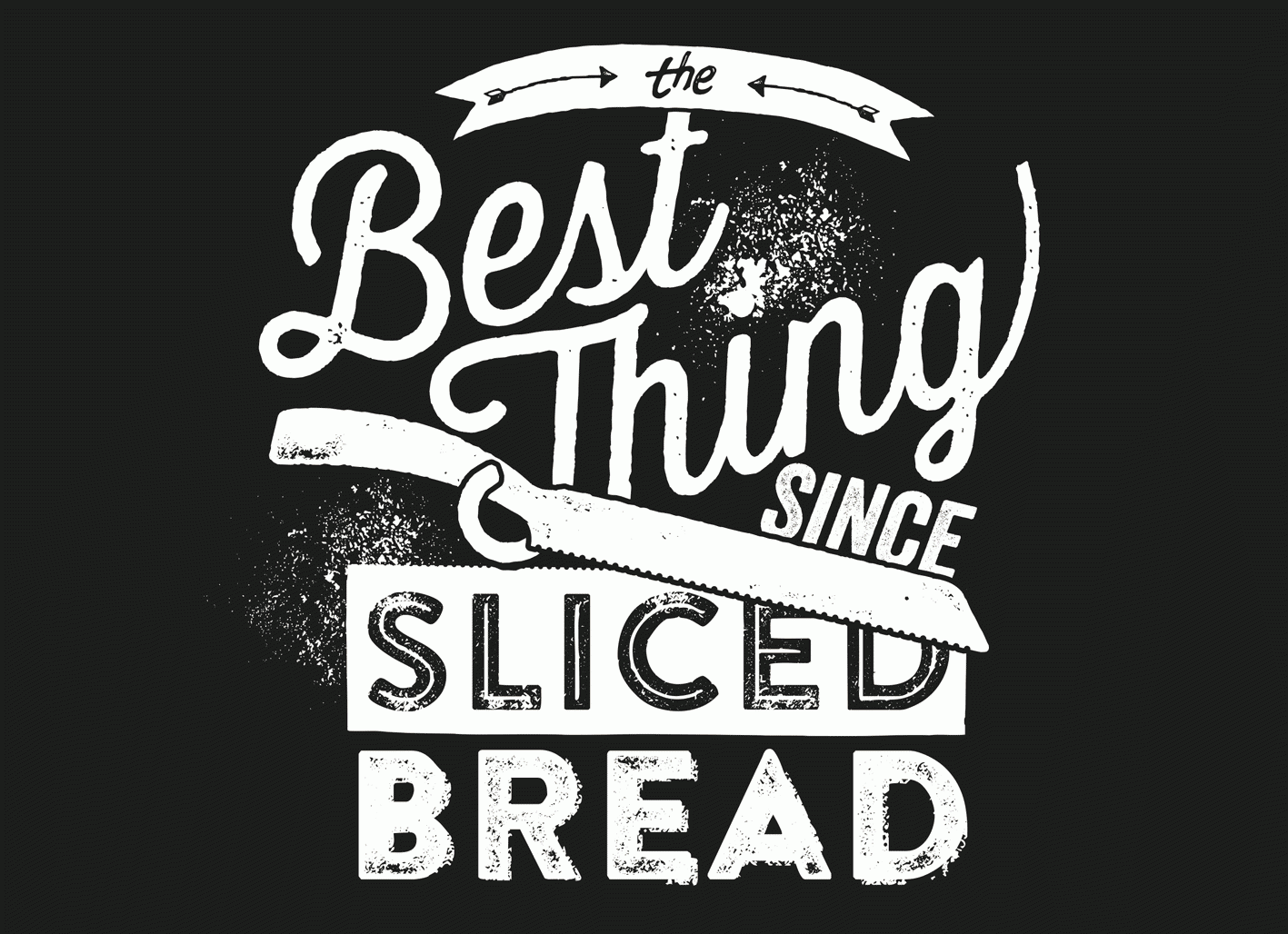Related services
If you're setting up a new restaurant or looking to spruce up your advertising then the Root Studio team have put together a handy step by step guide to marketing your restaurant (successfully).
Last week we looked at how to go about performing market research in order to create a strong, relevant and memorable brand. We also discussed local marketing strategies whereas this week we're looking at marketing on a global scale - the internet and everything that goes with it - your restaurant's website design, SEO, review site strategies and social media.
Your online presence
Building a presence online is vital, here are our tips for marketing your restaurant online:
Your website
Mobile and tablet browsing has been predicted to surpass desktop browsing in 2014 according to recent studies. The best way to embrace this change is to commission a ‘responsive’ website. Put simply, a responsive website is one that ‘responds’ to the width of your screen. So if your screen is small (for example on a smartphone) then the website will automatically re-jig its layout to fit the space more efficiently. Making sure that your site performs well on mobiles will make your customers’ lives much easier. Using the responsive approach rather than a ‘.mob’ or ‘m.’ version of your website will also make your life easier too. A ‘mobile version’ of your site requires the upkeep of two separate websites, compared to just the one responsive site for all platforms.
With ‘mobile’ in your mind - as you may know Flash animations don’t work on mobile browsers. However, if you do want moving graphics on your website then there are alternatives that your website designer can discuss with you such as CSS and/or javascript animations.
Website ‘musts’
Photos
Without a doubt, nothing will get your potential customers drooling more than some stunning photos of your best dishes. Unless you’re moonlighting as a photographer then you’ll need to hire a professional - don’t make the mistake of thinking that some quick snaps on your phone will do the trick. There’s a lot more to food photography than you may think, after all there’s nothing more off putting than a bad food photo. Accompanying your food photography you should include some photos of the restaurant itself to give customers a clue as to what they can expect.
Testimonials
Listing feedback from happy clients and good reviews from professional critics will help confirm what visitors to your website are hoping for - that your food is as good as it looks and your service is of a high standard. Keep them short, a single sentence from each person will do - anything longer should be used elsewhere like in your blog or on social media.
Your menu and contact info
Most people will be visiting your website to find out one of two things: ‘what you serve’ and ‘how they can reserve a table’. Make life easy for them by making your contact details easy to find on every page and always keep your current menu on your website. You should be able to update the menu on your website easily using your CMS (Content Management System) - if you don’t have one, get one.
Search engine optimisation (SEO)
Run a search and see where you come compared to your competitors - if you’re performing well, fantastic! Keep up the good work, if you’re not then you need to look into improving your website’s content. Google loves ‘good content’, if you cram in as many keywords as possible into your website’s text then this could actually have a detrimental effect. The search engine wants to see quality content that’s relevant and regularly updated.
Another thing to remember is not to get too hung up over whether or not you appear ‘at the top of Google’ for various search terms. You may or may not have noticed before that if you search for a keyword on your computer and then perform the same search on your friend’s computer you’ll get results appearing in a different order. This is because Google uses a series of complex search algorithms including your location and things you’ve searched for previously to personalise the results accordingly.
The best thing you can do is keep your website updated regularly with recent news, forthcoming events, seasonal specials etc. You can also ask a copywriter to take a look through your website’s content to determine whether or not they can make any improvements.
Review sites
Everyone’s a critic, we all know that, but we’re now living in the age where everyone is an online critic and you’re a few bad reviews away from an irreparably bad reputation. Studies performed at the University of California found that if a restaurant’s rating on a review site improved by just half a star (for example jumping from 3.5 to 4 stars) the restaurant would sell out its 7pm bookings on 30-49% of the evenings it was open. Another study found that increasing your review by one star could lead to a revenue increase of up to 9%.
The most important thing is to get yourself listed. Then urge your customers to leave you reviews at every opportunity (if you’re exceptionally good, chances are they’ll leave you a review anyway), try inviting your suppliers and the local press/critics to dine with you and ask them to leave you feedback too. So long as you maintain a good standard of service you’ll do well and avoid being marked down. If for whatever reason you do have a disgruntled customer leaving bad feedback then make sure you follow it up - on most review sites you’ll have the opportunity to rebuild those bridges and set the record straight (remember, ‘the customer is always right’ so keep your response professional!). One more thing, don’t be tempted to cheat and write your own reviews - you’ll risk being reported and marked down - instead focus your efforts on making your customers happy.
Measuring how your customers are responding to your service is also important for the advancement of your business - prompt them to let you know how you’re doing by offering them a chance to win a bottle of wine or a free dessert at their next visit if they leave you some feedback on a card. You can then measure what’s working well and what still needs some work in order to boost sales. If you do make improvements as a direct result of feedback let them know - get in touch with the customer who gave you the feedback personally and offer them a discounted price if they return for another meal and shout about the update on social media so that everyone knows what you’re doing to improve your business.
Social media
Using social media allows you to interact with people that you know are interested in your restaurant, in a place where they’re happy to be interacted with. You’re not invading their privacy - they’re following you for a reason. But you need to keep them interested with regular, interesting and relevant posts and interactions.
As you know there are various outlets for social media including the obvious channels (Twitter and Facebook) but also others such as Pinterest that should not be underestimated. Pinterest has more than 70 million registered users and with over 50% of pins related to Food & Drink this is an area that you should be looking into. ‘Pinning’ and getting ‘pinned’ are often a long-term strategy but by ensuring that the photos you pin are of an interesting subject and to a professional standard you may benefit - be sure to include a link to your website on your profile and add your restaurant’s name and location into the title of each photo.
What's in part 3
Part three of this study looks at analysing your competiton, building brand loyalty, menu design tips, photography, pricing and various other weird and wonderful tips for marketing your restaurant.
If you'd like to discuss any of the points raised in this article and how they could be applied to your business just get in touch.
For more news follow us @rootstudiouk
Similar posts

Illustrated maps can capture the essence and personality of a place, embodying its character and charm in a visually captivating way. In this article, we'll delve into the many considerations that you and your designer should make whilst crafting your illustrated visitor map.

In recent months we've been working with the Lincoln College team behind the scenes at the development of their groundbreaking ASI campus in Newark to develop a cohesive and innovative collection of signage and wayfinding graphics for students, visitors and staff of the site.

